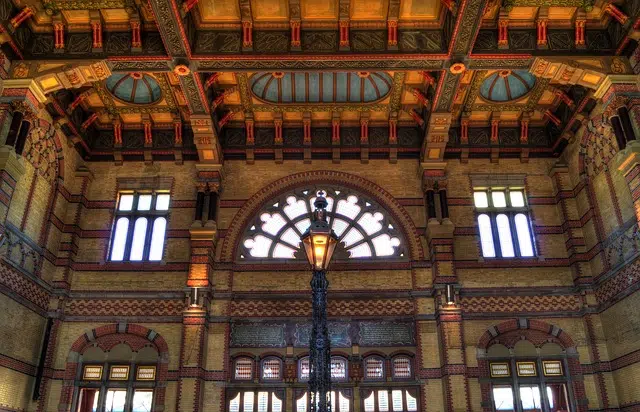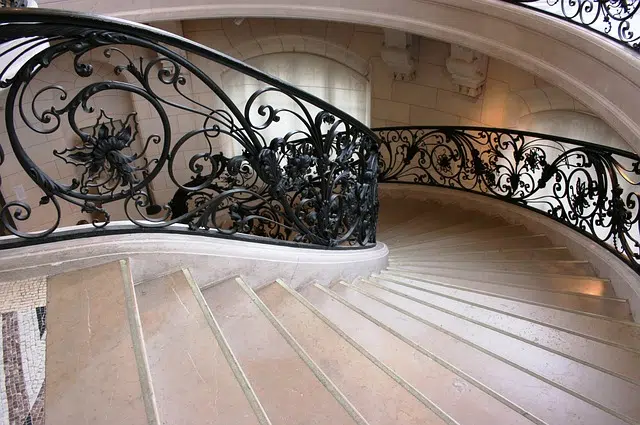
Modernism had manifestations in various branches of art and architecture.
An artistic movement that took place from the 19th century onwards and whose objective was renewal in creation is known as modernism ; using the new resources of poetic art , and leaving old trends aside, not considering them efficient.
Although the term is applicable to the various movements that are based on the above, it is especially related to the current of artistic renewal that originated between the end of the 19th century in Latin America in the field of poetry. Which spread throughout the continent and was adopted by many European poets during the following century.
This movement was known in Spanish as modernism, but in other languages it was called art nouveau , modern style and jugendstil , for example. In each country, on the other hand, modernism had its own characteristics.
The concept in the field of religion
In the field of religion , modernism was a theological movement of the late 19th century that attempted to reconcile Christian doctrine with the science and philosophy of the time.
For this he dedicated himself to interpreting religious content subjectively and historically, considering them as a human product within a historical context.
Modernism in literature
As a literary movement , modernism had its origins in 1880 in Latin America; It was the first movement within this art that would acquire such strength that it would infect many countries, including the main centers of literary creation in Europe, such as Spain and France.
The main reference of this movement was Ruben Darío , a poet born in Nicaragua, who after publishing "Azul" in 1888, started a trend to which other important poets from his continent would join, such as José Martí and Manuel Gutiérrez Nájera.
The objective of this new literary style was to get rid of Spanish models and relied mainly on models of subversive currents such as symbolism and French Parnassianism. Some of the authors most followed by modernists were Théophile Gautier, Paul Verlaine, Walt Whitman and Edgar Allan Poe.

Modernism is also known as art nouveau .
Your goals
The basis of modernism was an intention to break with the predominant styles of the time . The search for a new aesthetic, inspired by nature and with elements of the industrial revolution, marked the paradigm shift.
Modernism sought to promote the cultivation of more natural art , separate from bourgeois constructions. In fact, the cult of beauty and the use of harmonious images are one of the most outstanding characteristics of this literary turn. The aim was to bring artistic beauty closer to everyday objects, so that art was accessible to all social classes. It did not appeal, in any case, to mass production techniques.
Other characteristics of modernism were the use of curved lines, asymmetry, the use of exotic motifs and the tendency towards sensuality and the pleasures of the senses. In this movement, the theme of love acquired a more erotic and sensual tone, moving away from romantic images, so fashionable at that time.
Other characteristics of modernism
Another quite significant issue in poetic creation was the evocation of distant places and archaic times, and the use of elements from Greco-Latin mythology, as well as characters from past eras.
On the other hand, emphasis was placed on perfection of form and aestheticism, as well as on cultured language. All inheritances from Parnassianism. Regarding the musicality of the verses, rhythm, alliteration and onomatopoeia were usually used as poetic resources.
Among the most prominent authors of Latin American modernism we can mention Delmira Agustini, Julián del Casal, José Asunción Silva, Julio Herrera y Reissig, Amado Nervo, Leopoldo Lugones and the aforementioned Martí and Gutiérrez Nájera.
